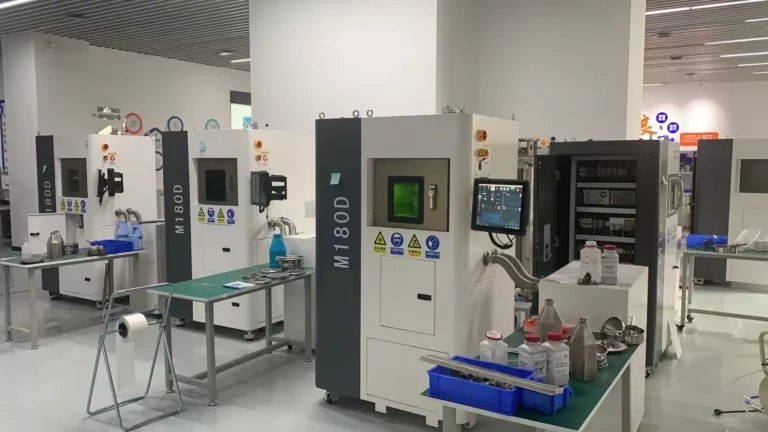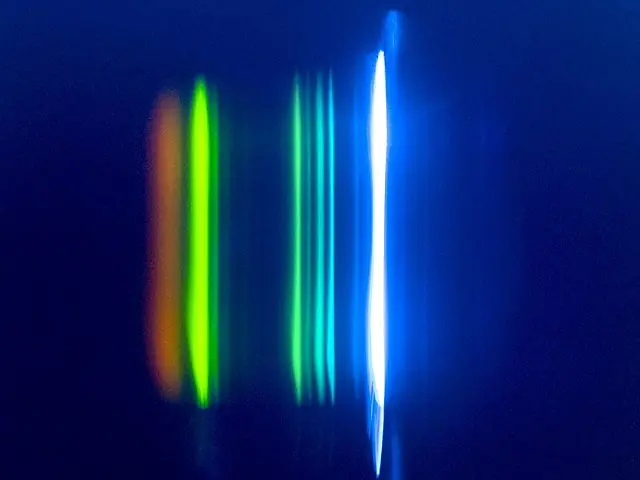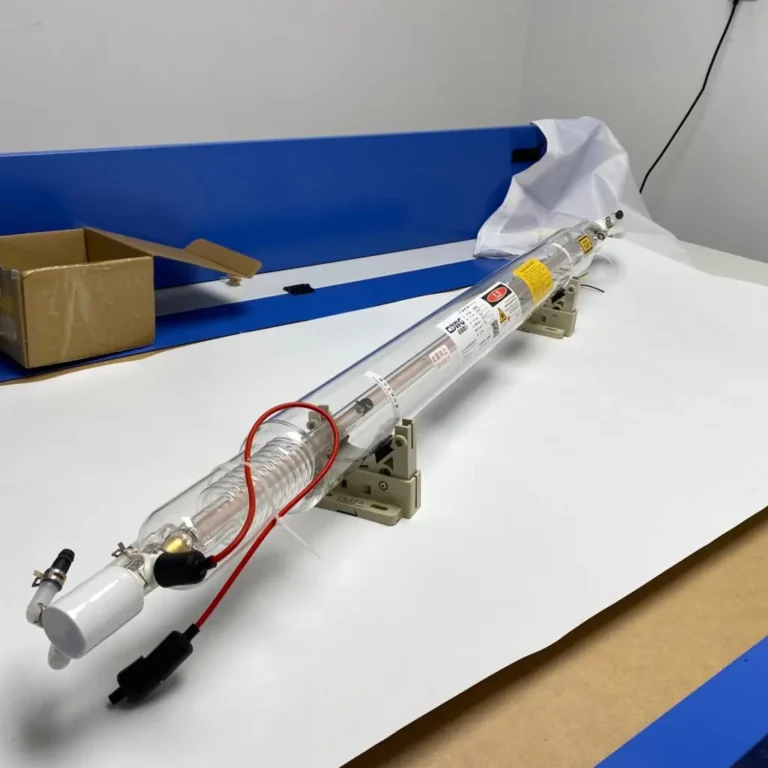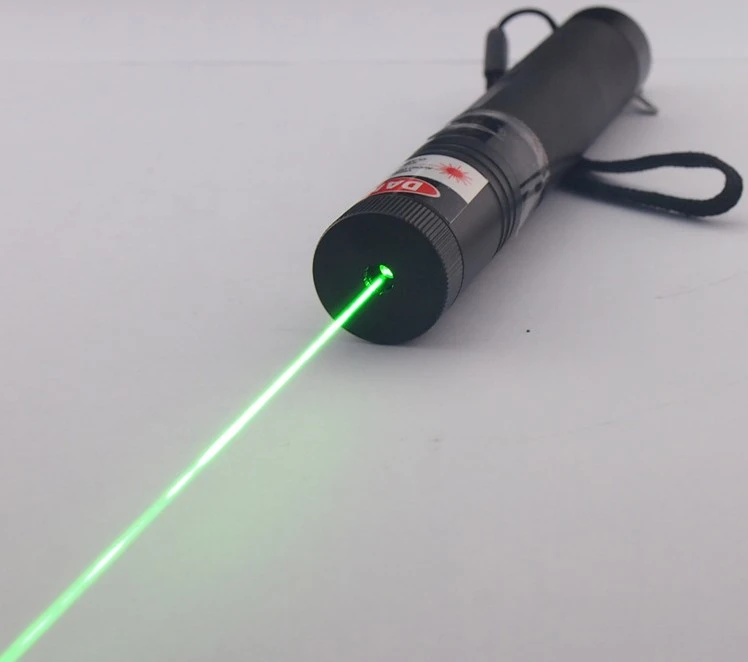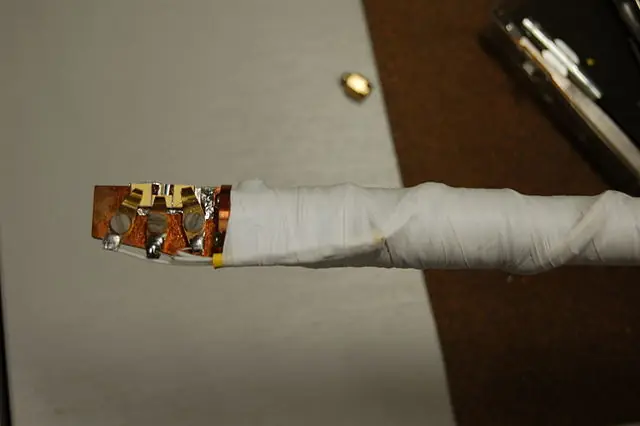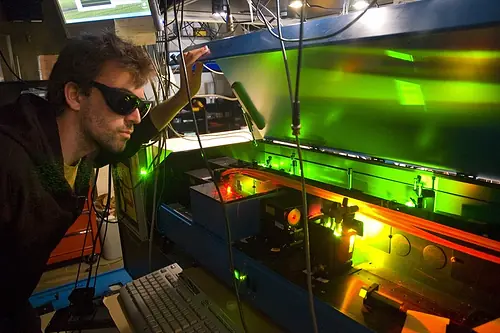Semiconductor Laser Diodes
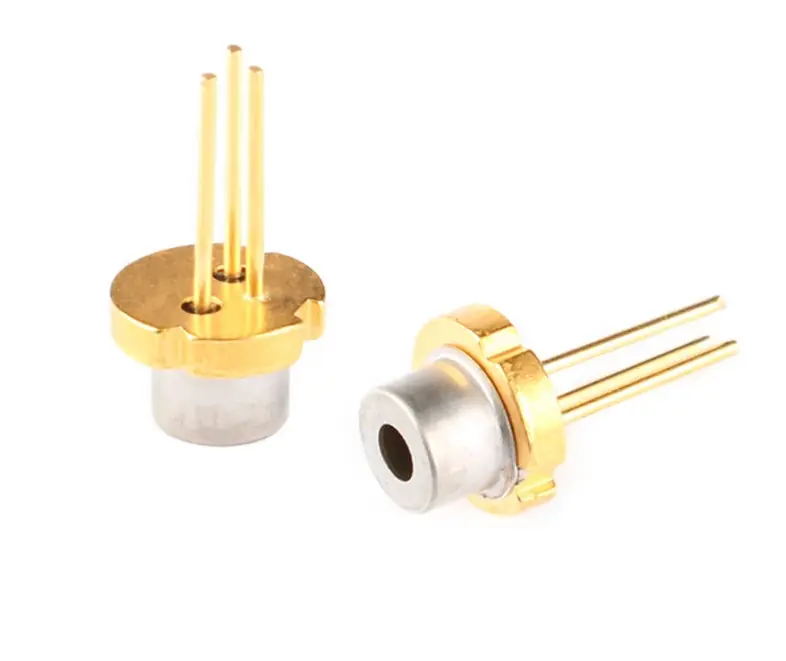
Semiconductor laser diodes are light-emitting devices that are used in a wide range of applications, including fiber-optic communications, data storage, and biomedical imaging. These devices are made from semiconductor materials, such as gallium arsenide (GaAs) and indium gallium arsenide (InGaAs), that are sandwiched between two mirrors. The semiconductor materials are doped with impurities, such as arsenic or phosphorus, to create what is known as an active region. This active region is where the light is emitted.
When a voltage is applied across the semiconductor material, electrons and holes are injected into the active region. These electrons and holes then combine to form excited states, known as excitons. These excitons emit photons, which are then amplified by the mirrors surrounding the active region. This amplification process is known as stimulated emission. The photons that are emitted by the laser diode are perpendicular to the plane of the semiconductor material, and they are confined to a small area known as the optical mode.

The output power of a semiconductor laser diode is determined by the amount of current that is injected into the device. The threshold current is the minimum current required to generate light. The operating current is the current at which the laser diode is operated. The threshold current is typically a few milliamperes (mA), and the operating current is typically a few hundred mA.
The output power, wavelength, and threshold current of a semiconductor laser diode can be changed by changing the doping concentration, the active region width, or the mirror reflectivity.

